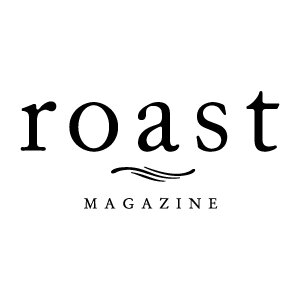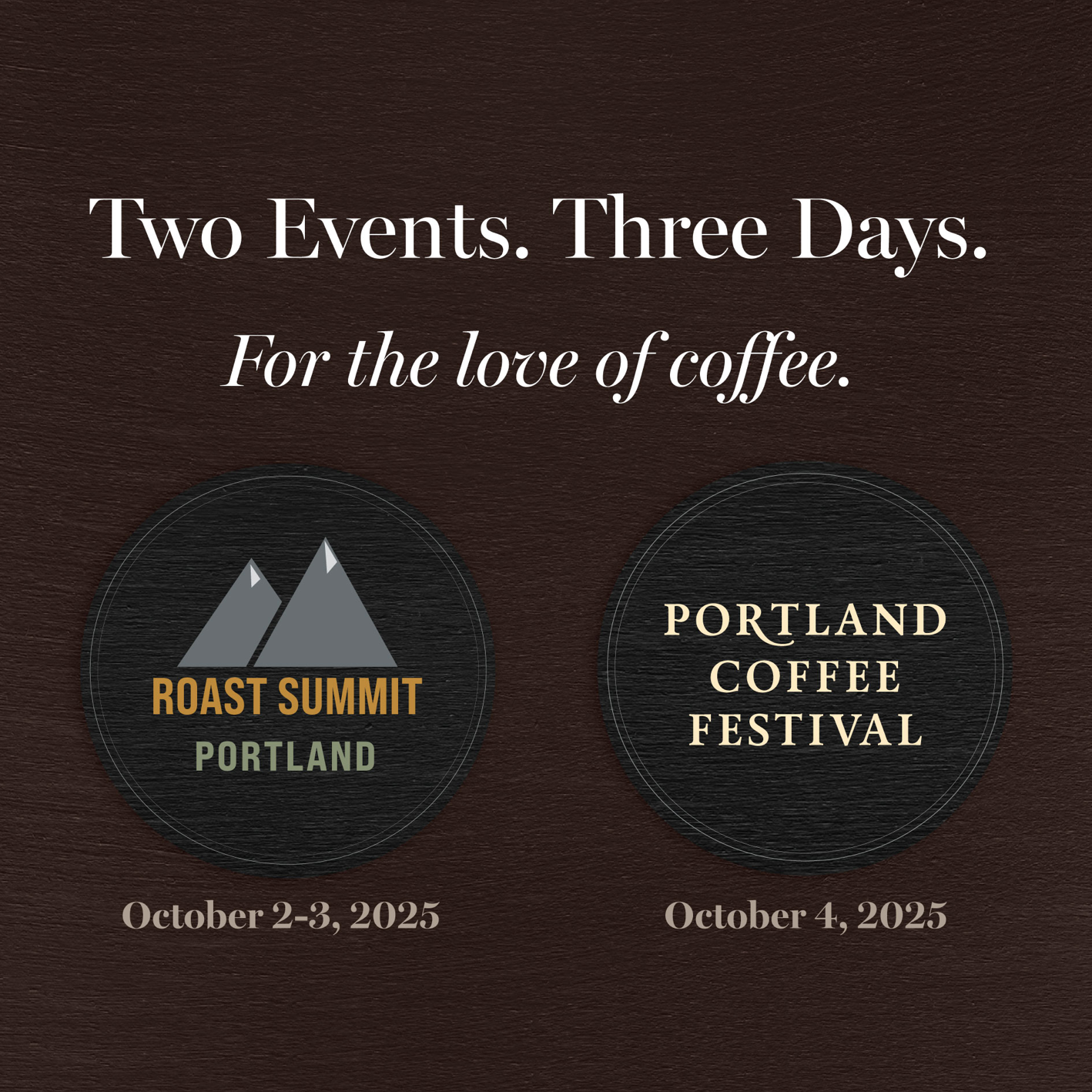Feedback Loop: A Dialog Between Roasters and Producers on Green Coffee Evaluation
A conversation between Trish Rothgeb and Luis Rodriguez Ventura, and featuring:
• AISLINN CULLEN customer relations manager for Melbourne Coffee Merchants, Australia
• TERE DOMINE coffee producer and co-founder of Kalsada Coffee, Philippines
• DR. MARIO FERNANDEZ technical director, Coffee Quality Institute, Portland, Oregon
• ETON TSUNO trader at Atlantic Specialty Coffee, San Leandro, California
• CAMILLA YUAN head roaster at Temple Coffee, Sacramento, California
A few years ago, I contacted Luis Rodriguez Ventura, a friend and coffee producer based in El Salvador, to ask him about a green coffee defect I kept finding in the new season’s Central American offers. This defect didn’t really fit into the classification tool I was using, and I was a bit confused. The tool I use is SCA’s Arabica Green Coffee Defect Handbook, not only for training others at the Coffee Quality Institute’s Q Arabica Grader course, but also within the walls of my own small roastery in San Francisco. The question I had that day grew into a longer conversation, and now, both Luis and I will make a point to contact one another when we find something interesting in our green coffee.
The coffee world is changing, whether it’s due to climate change, processing trials, or new hybrid varieties. While change is exciting and brings new challenges and discussion to the table, we may find that the form the discussion takes needs an adjustment as well. Are we making progress when it comes to giving and receiving feedback between producers and buyers? The author Linda Lambert said, “One good conversation can shift the direction of change forever.”
The following is a conversation that continues today between Luis and me. We spoke over Skype and corresponded with email. In the process, I asked some friends to chime in with their thoughts. With so much to explore, it should be noted that this conversation is just a small selection of what we’ve talked about. We’re looking forward to having many more exchanges like this.
It’s important to remember that green coffee contracts are legally binding. Sometimes even a handshake contract or specifics statements during a verbal conversation can be considered legally binding. Purchasing agreements run the gamut from formal to informal, but ultimately, all of them rely on relationships. Any of the subjects we discussed here can be fully detailed within a contract (which is certainly recommended if circumstances warrant it), but a contract is not a conversation. A contract is in lieu of, or the result of, a larger dialog. For this piece, we wanted to focus on a few of the many subjects we could be discussing as buyers and sellers of specialty coffee and find ways to learn from each other. Hopefully we can go on to develop those strong, solid partnerships that everyone in the green coffee space yearns for. —Trish Rothgeb
Advertisement










